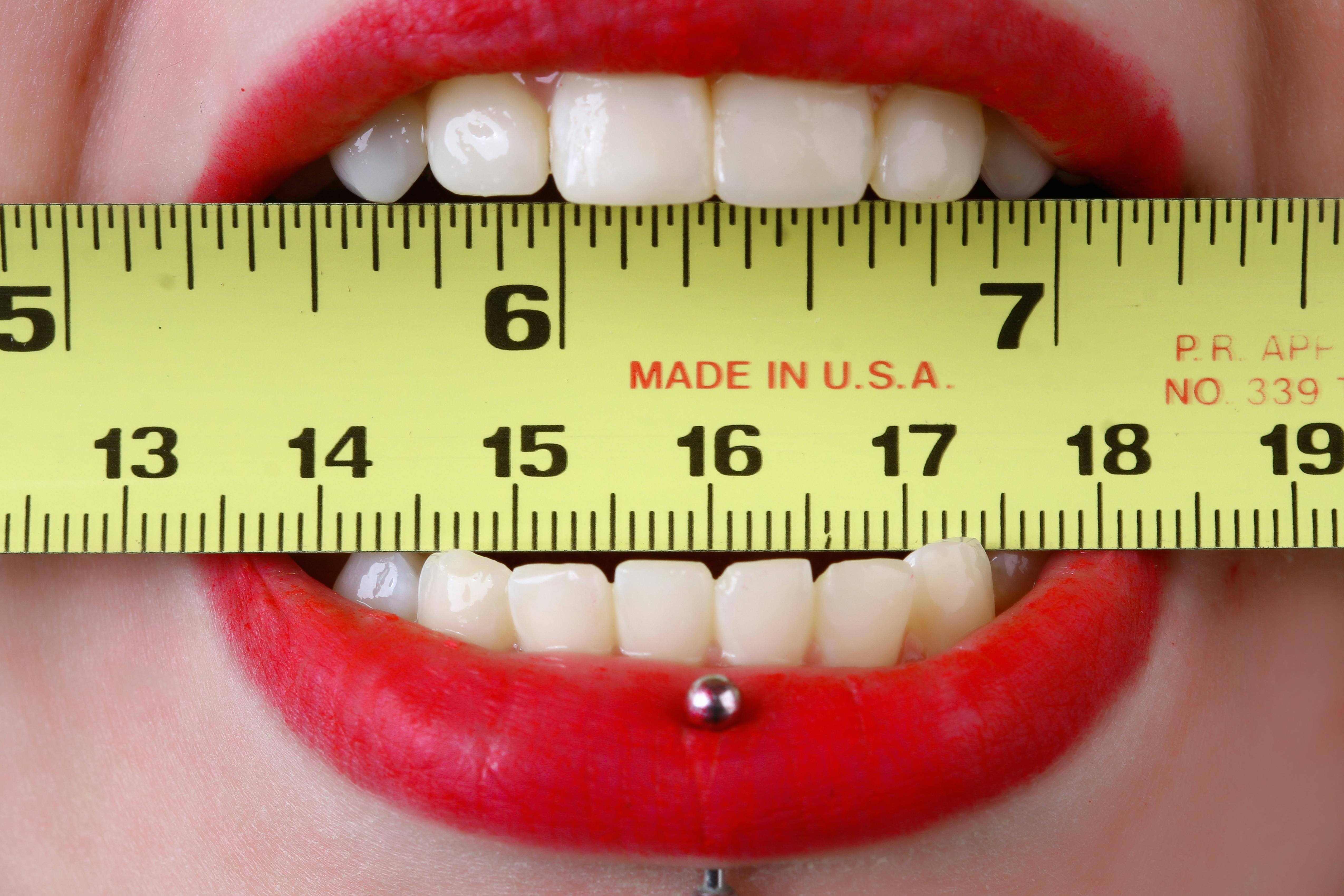Vyvanse (lisdexamfetamine) is a prescription medication commonly used to treat Attention Deficit Hyperactivity Disorder (ADHD) and Binge Eating Disorder (BED). As a stimulant, Vyvanse affects the levels of certain neurotransmitters in the brain, such as dopamine and norepinephrine. While it can be highly effective for managing symptoms, discontinuing Vyvanse—especially after long-term use—can lead to withdrawal symptoms. Understanding the timeline of Vyvanse withdrawal can help prepare individuals for what to expect during the process.
1. What Causes Vyvanse Withdrawal?
Vyvanse works by altering the brain’s chemistry to improve focus, attention, and impulse control. Over time, the brain may become accustomed to these effects, leading to physical dependence. When someone stops taking Vyvanse, the brain needs time to adjust to the absence of the medication, which can result in withdrawal symptoms.
Withdrawal symptoms vary depending on factors such as dosage, duration of use, and individual physiology. It’s important to note that Vyvanse withdrawal is different from addiction, as withdrawal can occur even in those who use the medication as prescribed.
For more detailed information on how Vyvanse affects the brain and body, this resource from WebMD provides an in-depth look.
2. Initial Withdrawal Symptoms (First 24-48 Hours)
The first stage of Vyvanse withdrawal typically begins within 24 to 48 hours after the last dose. During this time, individuals may experience a “crash” as the stimulant effects wear off. Common symptoms in this phase include:
- Fatigue: A sudden onset of tiredness or lethargy is common as the stimulating effects of Vyvanse dissipate.
- Increased Appetite: Vyvanse often suppresses appetite, so a rebound increase in hunger is typical.
- Irritability and Mood Swings: Changes in mood, including irritability, anxiety, and even mild depression, can occur as dopamine levels in the brain fluctuate.
This phase is often the most intense, but the severity of symptoms varies. For a better understanding of the immediate effects of stimulant withdrawal, this article from Healthline offers a comprehensive overview.

3. Peak Withdrawal Symptoms (Days 3-7)
The peak of Vyvanse withdrawal usually occurs between the third and seventh day after stopping the medication. During this time, symptoms may intensify before gradually subsiding. Common symptoms during this peak phase include:
- Depression: The brain’s adjustment to lower dopamine levels can lead to feelings of sadness, hopelessness, or anhedonia (inability to feel pleasure).
- Cognitive Fatigue: Individuals may experience difficulty concentrating, mental fog, or slower thinking processes.
- Sleep Disturbances: Insomnia or excessive sleepiness are common as the body tries to regain its natural sleep-wake cycle.
The intensity of symptoms during this period can be challenging, but they generally begin to subside after the first week. For more insights on the peak symptoms of stimulant withdrawal, check out this guide from the American Addiction Centers.
4. Post-Acute Withdrawal Symptoms (Week 2 and Beyond)
After the initial withdrawal phase, some individuals may continue to experience milder symptoms for several weeks or even months. This phase is often referred to as Post-Acute Withdrawal Syndrome (PAWS). Symptoms in this phase may include:
- Mood Fluctuations: While less intense than during the peak phase, mood swings, anxiety, and irritability can persist.
- Cravings: Some individuals may experience cravings for Vyvanse, particularly if they were using it for non-medical purposes.
- Sleep and Energy Issues: Sleep patterns and energy levels may take time to stabilize fully, with some experiencing ongoing fatigue or insomnia.
The duration and severity of PAWS can vary widely. In some cases, symptoms may linger for several months, gradually diminishing over time. For more on PAWS and how to manage it, this resource from Verywell Mind provides useful strategies and information.
5. Managing Vyvanse Withdrawal
It’s important to approach Vyvanse withdrawal under the guidance of a healthcare professional, particularly if the medication was taken for an extended period or at high doses. Gradually tapering the dose rather than stopping abruptly can help minimize withdrawal symptoms.
Additionally, maintaining a healthy lifestyle—such as regular exercise, a balanced diet, and good sleep hygiene—can support the body’s recovery process. In some cases, therapy or counseling may be beneficial, particularly if withdrawal symptoms are severe or if there is an underlying mental health condition.
For those considering tapering off Vyvanse, this medical guide from Mayo Clinic outlines important precautions and considerations.
Conclusion: A Gradual Return to Balance
The timeline of Vyvanse withdrawal varies depending on individual factors, but understanding the process can help manage expectations and prepare for the symptoms that may arise. While the first week is often the most challenging, symptoms typically decrease over time, and with proper support, the body can return to its natural balance.
If you or someone you know is considering discontinuing Vyvanse, it’s crucial to seek medical advice to ensure a safe and effective transition off the medication. For more comprehensive information and support, consider consulting a healthcare professional or addiction specialist.



